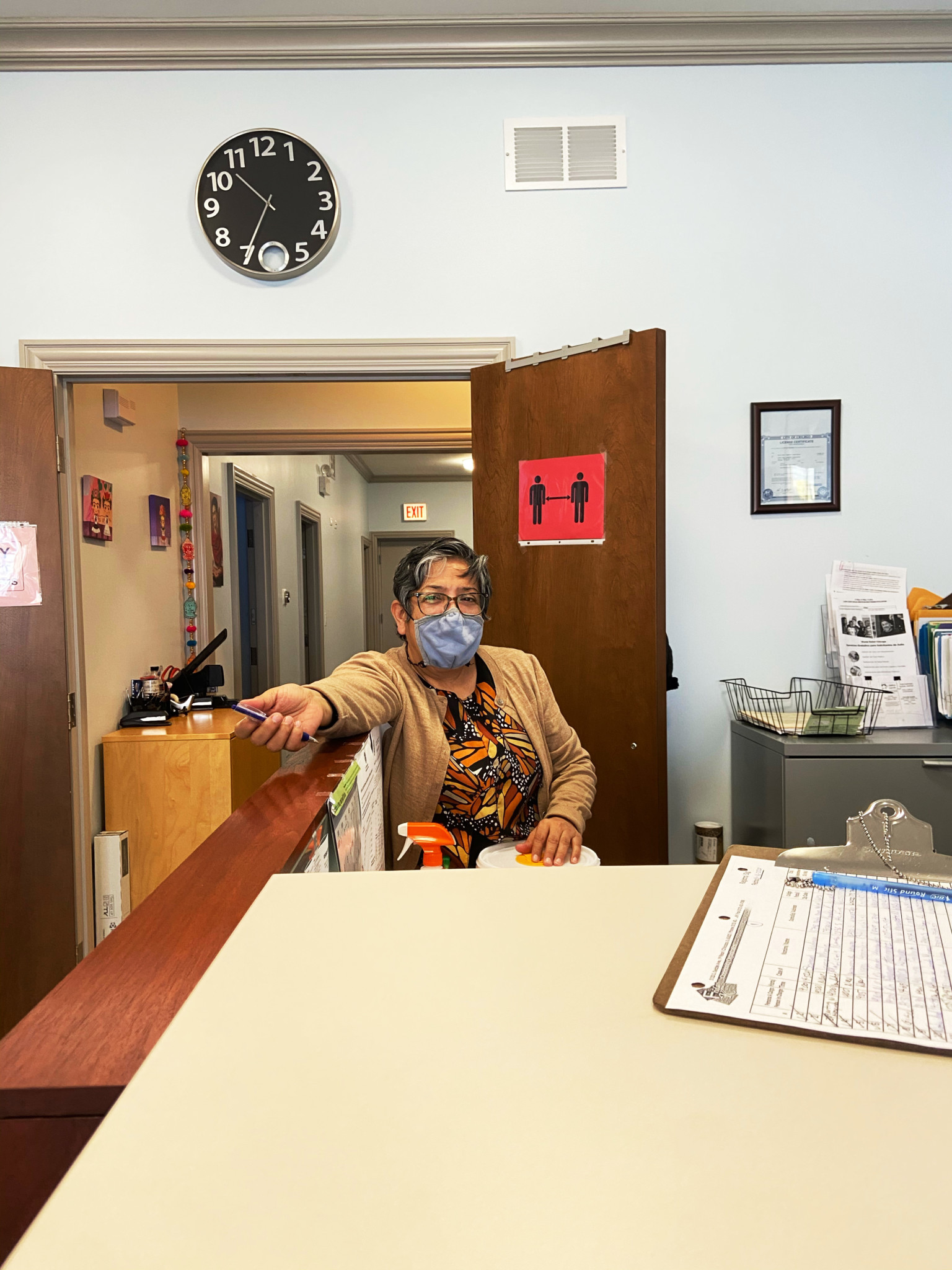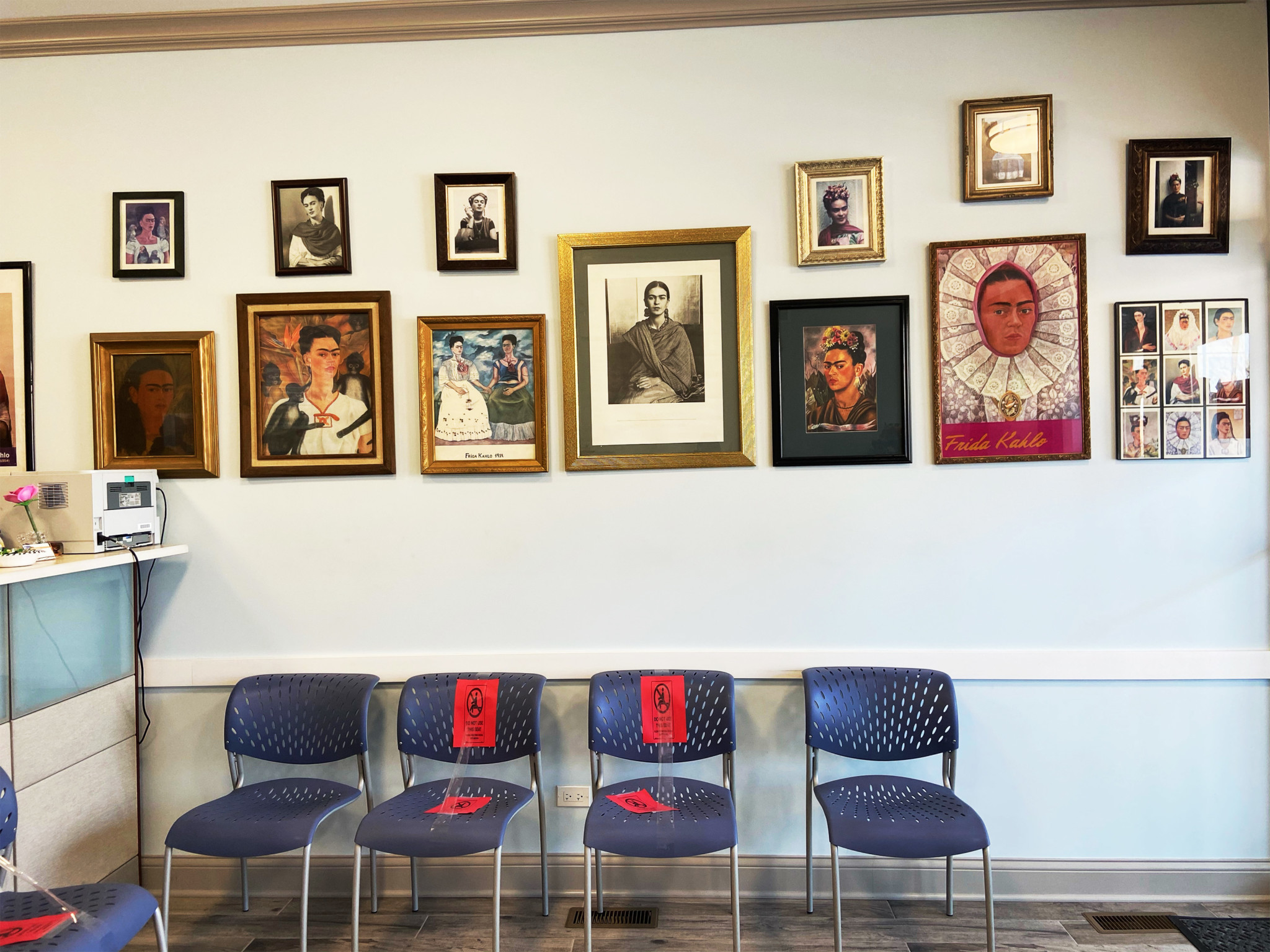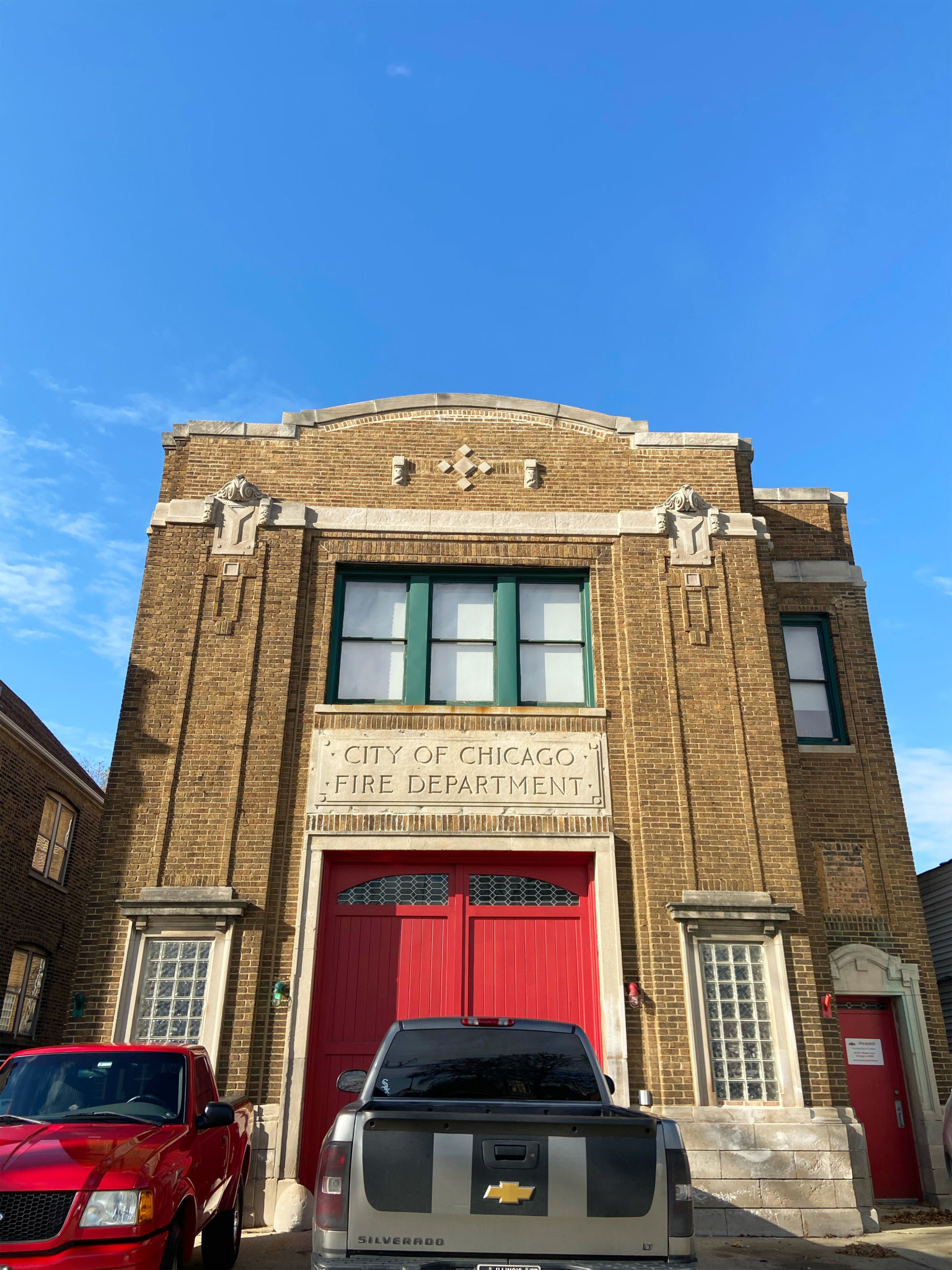- Best Community Organization
- Best Museum for a City With an Historical Fire
- Best Under-taught History
Gage Park is my home. I often wonder why my mother and father brought me to Chicago when we first immigrated nearly three decades ago. Chicago’s winters are so severe that it is discouraged to stand outside for longer than five minutes because it gets that cold. Chicago also takes first place in corruption, compared to other large cities like New York and Los Angeles. Its nickname “Windy City” describes more than the weather.
Within Chicago, there is my home, Gage Park. The local alderman is Ed Burke, who takes the cake as the most corrupt alderman of Chicago.
But somehow, I love this city and take pride in having grown up here. I’m happy that I can genuinely call myself a Chicagoan. Although it has a misinformed reputation due to violence, Gage Park deserves appreciation because it houses many of Chicago’s Black and brown people. It’s a microcosm of Chicago at large: segregated, Black and brown, and home to many.
It is also strange that many don’t know much about Gage Park because I know it so well. I no longer live in Gage Park, but I often visit to see my mom. It still gives me warm, fuzzy feelings. However, people who’ve heard of Gage Park link it to gang violence and the recent family massacre on 57th and California.
I hold some tragic memories myself. My friend Ubaldo Salgado was killed just blocks from my house. To this day, I still wish there was something I could have done to help him. Maybe, if I had been outside at the exact moment he walked by, I could have stopped him from meeting with the person that shot and killed him. When I think back to that time, I often think about Ubaldo as a dear friend and not the aggressive person that he wanted others to think he was.
I’ve played in a soccer league in the namesake park on 55th and Western since I was a kid. It is because of this experience playing soccer at this park that made me recognize Gage Park as my home. It created a sense of safety for me because of the people from the neighborhood that came together every week. I would see and play with my classmates and meet their families there. Our families became friends. One of my classmate’s dad was my soccer coach. He remains one of the best community members that I know. He recently passed away after contracting COVID-19. Until his passing, I would run into him at the grocery store. He would encourage me to keep on working on my studies and would check up on my general wellness.
Currently, Gage Park holds one of the highest numbers of COVID-19 rates compared to other Chicago neighborhoods, and also a high rate of deaths. One in eighteen residents of Gage Park’s 60632 and 60629 ZIP codes have contracted the virus. Say what you will about the large group gatherings or greater COVID testing availability to rationalize these rates; this does not tell the whole truth. Gage Park is a working-class neighborhood. Many Gage Park workers labor in factories where their health is secondary or tertiary to the company profit margins.
This pandemic has sharply demonstrated that the government will leave the working class and the working immigrant people without any safety net. The working class is left without any resources to feed, clothe, and shelter their families. Instead, they must risk their lives and succumb to the dangers of the pandemic by showing up for work for a paycheck.
These and many other reasons make Gage Park home for me. I don’t know any other place in the world as well as I know Gage Park. So many of my friends and family live here, and it has so much to offer, and it is more than its violence. It’s also a home to pretty awesome places that show more to Gage Park than what the news may let on. Despite the bad, there is complexity and beauty that only community effort can build in the following places. Here are three of the best places in Gage Park that I want to showcase in my dear neighborhood. (Maritere Gomez)
Neighborhood Captain Maritere Gomez grew up in Gage Park. She has been an activist in the city for over ten years, mostly fighting for immigrant and labor justice for her community that gives so much and is not thanked enough.
Best Community Organization
The Frida Kahlo Organization

The Frida Kahlo Organization (FKCO) is a nonprofit supporting the neighborhood with immigration services and assisting kids with homework during after school hours. Its slogan is “Our Passion is our Community.” The organization was started in 2002 when two community members, Natividad Hernandez and Myrna Fragoso, realized that the community lacked this kind of resource. The first location, in Pilsen, was allotted for educational after school programming, and its second location in Gage Park is used primarily for immigration services. During the pandemic, it has served as an outpost for education on this health crisis.
The organization has worked in collaboration with the National Museum of Mexican Art, CPS, Mexican university Tecnológico de Monterrey, and the Illinois Department of Human Services.

Natividad Hernandez graciously met with me as a walk-in recently. She tells me that the organization’s eagerness is to assist people with immigration issues. She tells me, “Nuestro afan es ayudar a nuestra gente para que no tengan miedo”—“our goal is to help people so they’re not scared.” She goes on to say that in the immigrant community, talking about one’s immigrant status is taboo, and many immigrant families do not speak openly about their immigration issues, fearing any possible repercussions.
She says that many in the immigration system do not understand what it means to come from nothing, and so FKCO strives to help the people that come from that background.
Organizations like these are sparse in Gage Park but badly needed. It has served to inform the community of where to get tested for COVID-19 and assure them that authorities will not be given any information they share with the testing sites. (Maritere Gomez)
Frida Kahlo Community Organization, 5133 S. Kedzie Ave. Monday–Thursday, 9 pm–4 pm; closed Friday–Sunday. (312) 421-7599. fridacommunity.org
Best Museum for a City With an Historical Great Fire
Fire Museum of Greater Chicago

This museum was first created in the early 1990s. Retired firefighters donated their time to build this museum from scratch. The collection of items on display was housed in the St. Gabriel Catholic School for a decade before moving to its current location at 52nd and Western. Some of the things in the exhibit include old leather fire buckets, a hand-drawn hose cart, and dozens of vintage fire helmets.
The museum is a block from the house where I lived until I was eleven and only three blocks from the home where I grew up after that point. I mention the distance from my house because it was always close to me, but it was never introduced to me or used as an educational tool to teach kids in the neighborhood. It is there, in Gage Park, my home, and it has impressive old-fashioned firefighter trucks and offers tours every week. It is the best firefighter museum, and it can be used in a fruitful way for the community.
I hope that this museum is utilized in better ways than it previously has. I attended Hancock High School (in West Elsdon, which borders Gage Park). We had the military recruiters and police academy recruiters tabling in the hallway next to the principal’s office, but no firefighter tablings or field trips to the Fire Museum. I have no memories of firefighters in the hood coming to recruit us. South Side kids like myself must be exposed to places like the Fire Museum. (Maritere Gomez)
Fire Museum of Greater Chicago, 5218 S. Western Ave. Open every fourth Saturday of the month, 10 am–2 pm. (877) 225-7491. facebook.com/fire-museum-of-greater-chicago-406781376050537
Best Under-taught History
Martin Luther King Jr.’s March in Gage Park
I learned recently, through an article that resurfaced on social media, that during the height of the Chicago Freedom Movement, Martin Luther King Jr. led a march for fair housing through Gage Park and Marquette Park. It felt especially relevant this past summer as the topics of racism and police brutality took over, and protests erupted in Chicago and across the country due to the police killing of George Floyd and others.
Who knew that Gage Park held a rally for fair housing in the sixties?! I certainly did not, and I bet that many other community members are not aware because I know them well. Having gone to Nightingale Elementary School in Gage Park, I wish myself and my classmates living in the neighborhood were exposed to their neighborhood history. Instead, we received the watered-down history lesson on MLK. There is so much more to this neighborhood that many do not know.
It feels good to know that Gage Park was part of the Chicago Freedom Movement. (Maritere Gomez)

